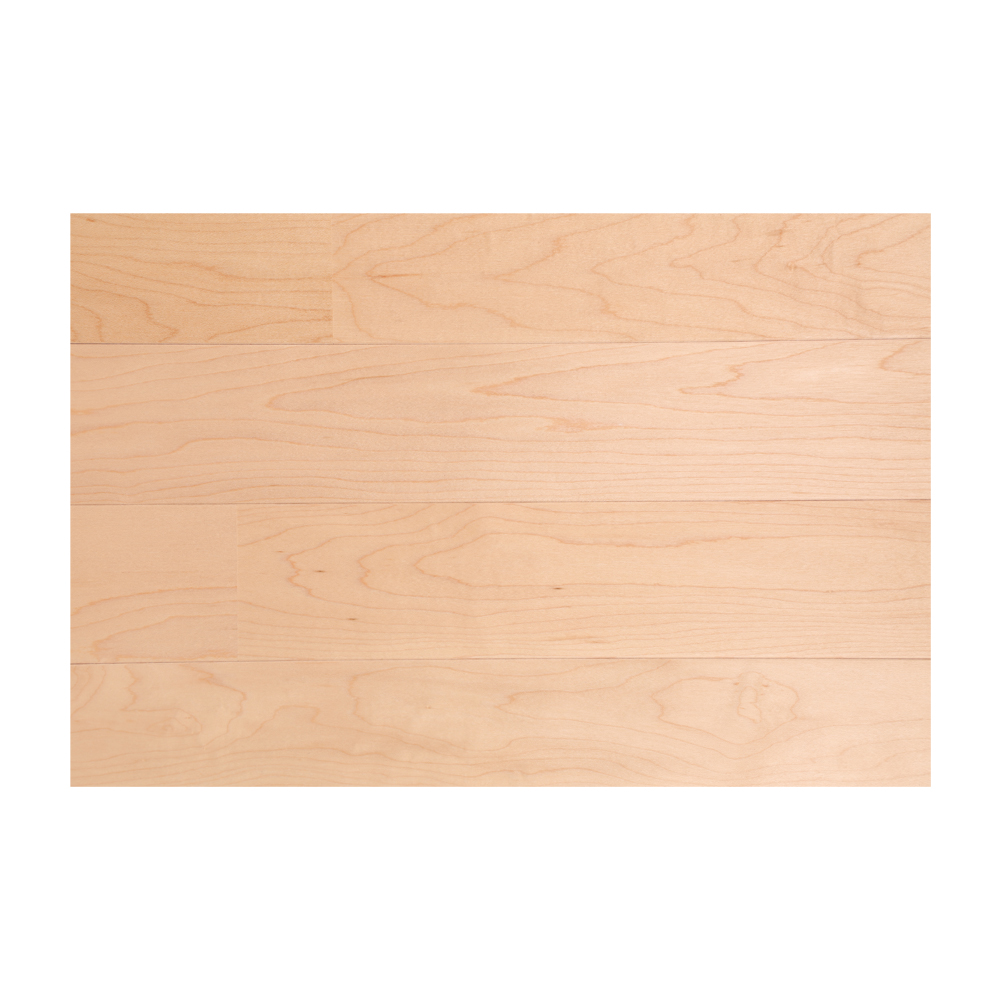
2025-07-09 15:49 Clicks:35
Here’s an expert overview of wood basketball court flooring:
Hard maple is the industry’s first choice, prized for its dense grain that offers reliable ball bounce, shock absorption, and durability
When properly cared for, maple floors can endure 50–80+ years, with regular recoating and refinishing every 8–10 years .

Superior shock absorption – Protects players’ joints and reduces fatigue .
Consistent bounce – Ensures precise and uniform ball bounce across the court thanks to maple's hardness .
Aesthetics – Delivers a glossy, premium look with customizable finishes, logos, and court lines.
Easy to maintain – Regular dust-mop routines and annual recoats keep it performance-ready .
| Flooring Type | Pros | Cons |
|---|---|---|
| Engineered wood | More stable with moisture, less costly | Slightly lower bounce vs. solid maple |
| Synthetic (PVC/Rubber) | Easy install, multi-use friendly | Inferior bounce and shorter lifespan |
| Concrete/Epoxy | Very durable, low cost | Rigid, poor shock absorption |
Hardwood (maple) flooring: $10–20 per ft² installed.
Engineered wood: $8–15 per ft².
Synthetic sports floors: $4–12 per ft² .
Solid maple hardwood remains the top choice for indoor basketball courts due to its superior athlete safety, consistent performance, and long-term durability. Engineered wood offers a strong, moisture-resistant alternative, while synthetic surfaces suit multipurpose or budget-conscious venues—but at the cost of genuine game feel.